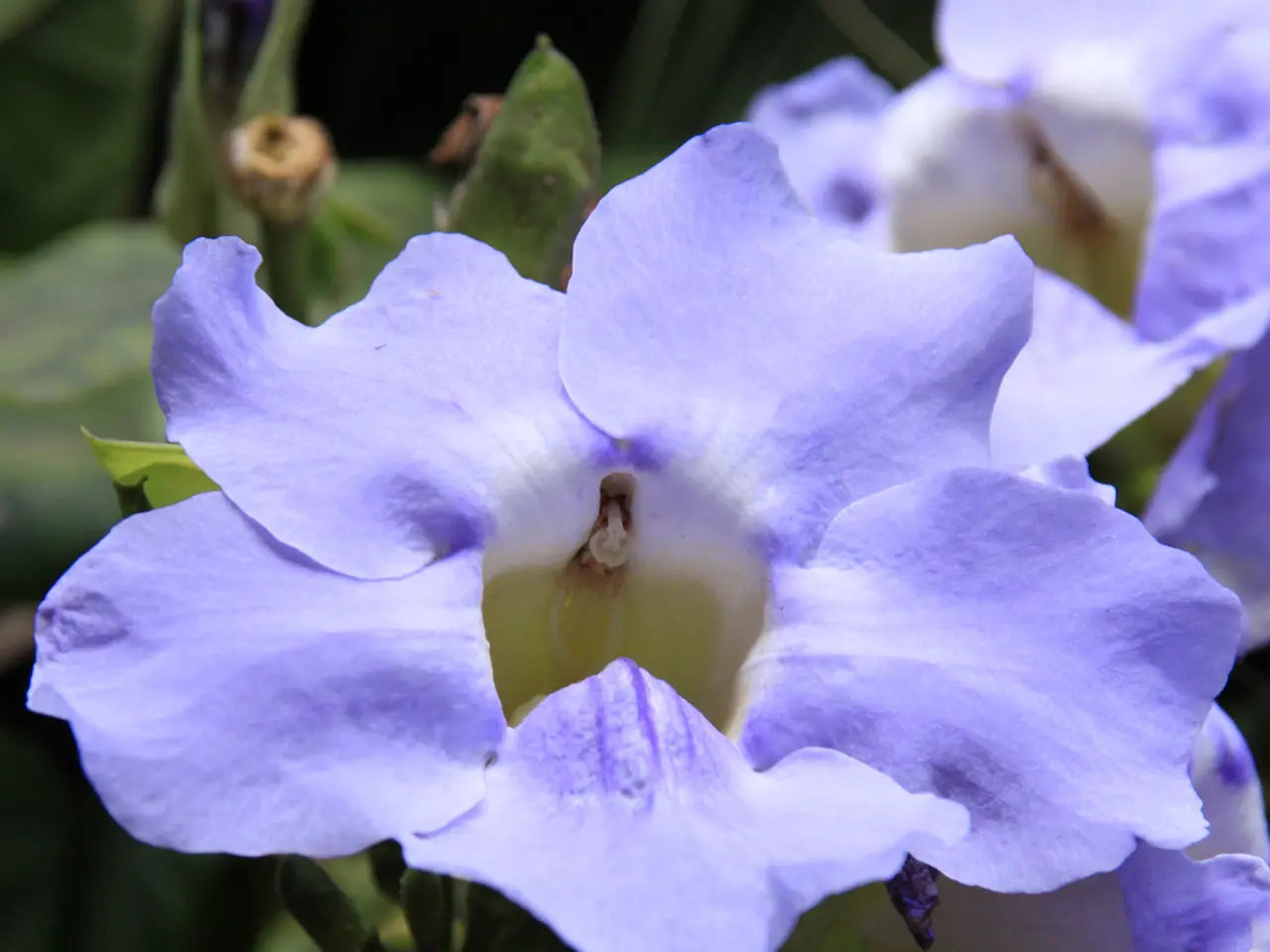10 Alternative Japanese Spirea Shrub Varieties for Your Garden
In the world of gardening, it's essential to strike a balance between aesthetic appeal and environmental responsibility. This is where native plants come into play, offering a harmonious solution that benefits both the garden and the ecosystem.
Let's take a look at some native shrubs that are not only easy to care for but also help native insects, pollinators, and wildlife to thrive.
The Japanese Spirea (Spiraea japonica), known for its versatility in various soil conditions and sunlight levels, is a popular choice. However, it's important to note that in the United States, this ornamental plant has become problematic, threatening native ecosystems due to its prolific seed production and rapid spread. A better alternative could be native shrubs such as Oregon Grape Holly (Mahonia aquifolium) or native hawthorns, which are not only wildlife-friendly but also less likely to become invasive.
Another native gem is the Silky Dogwood (Cornus amomum), a good-sized shrub that boasts ivory spring flowers, showy red stems, and burgundy fall color. For those seeking a deer-resistant option, Virginia Sweetspire (Itea virginica) is a versatile choice, suitable for high groundcover, rain gardens, and erosion control.
For those seeking a burst of colour, the Pinxterbloom Azalea (Rhododendron periclymenoides) is a wild azalea known for its delicate floral display and picturesque horizontal branches, attracting butterflies and hummingbirds. Summer lovers will appreciate Summersweet Clethra (Clethra alnifolia), also known as sweet pepperbush, which offers all-season landscape interest with fragrant, white flower clusters that attract bees and butterflies.
For those seeking something a bit more unusual, Leatherwood (Dirca palustris) and White Meadowsweet (Spiraea alba) are worth considering. Leatherwood offers small, yellow, tubular flowers in early spring and red berries, while White Meadowsweet offers cone-shaped spires of tiny white flowers in midsummer.
Lastly, the Sweetbay Magnolia (Magnolia virginica) and Sweetfern (Comptonia peregrina) are excellent choices for their adaptability to poor soil, drought, salt, and heat, making them ideal for erosion control and naturalizing. The Sweetbay Magnolia is a late blooming tree with fragrant, creamy white flowers and glossy, dark green leaves with silvery undersides, suitable for patios, pond edges, and shrub borders. Sweetfern, on the other hand, is a small, aromatic shrub that thrives in such conditions and serves well in erosion control.
By choosing native shrubs, gardeners can create beautiful, low-maintenance gardens while supporting the local ecosystem and promoting biodiversity.
Read also:
- Jaguar Swimming Distance Breaks Species Record, Puzzles Researchers
- Top 10 Austin-Based Advertising Firms Worth Exploring
- Comprehensive Guide to Electric Vehicle Infotainment: Nearly all key aspects covered regarding in-vehicle entertainment systems for electric vehicles
- Simplify essential thrifty practices from yesteryears to reintroduce in 2024




